Old Homer Park
Introduction
Text-to-speech Audio
"There are cozy corner benches, swings and places for hammocks, a tennis court and croquet grounds...The park is a place for perfect rest." The Daily Danville Democrat, 1907
More than a century ago, Old Homer Park was not only a recreational escape for Champagn County residents, but visitors from beyond central Illinois travelled far and wide to connect with this unique piece of local history.
Images
Many gather at one of Old Homer Park's pavilions
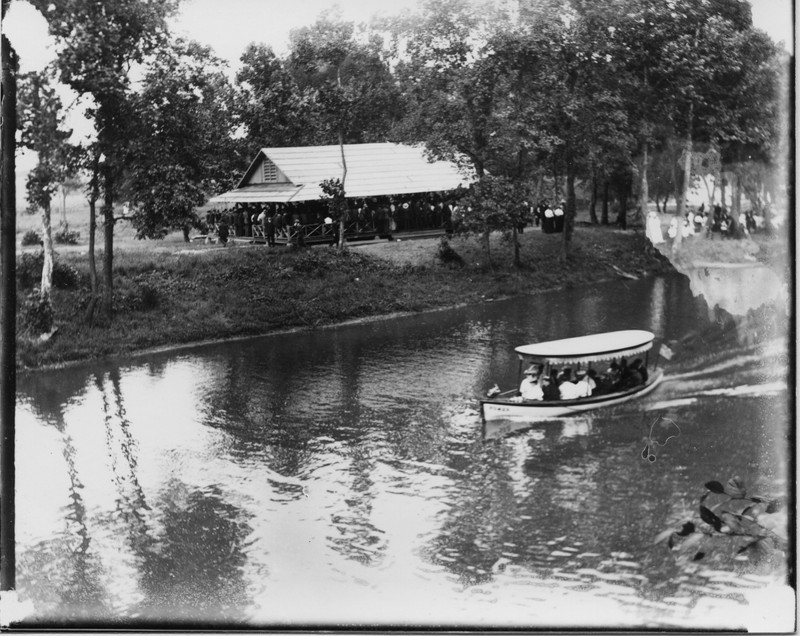
Teddy the Bear in his pen at Old Homer Park
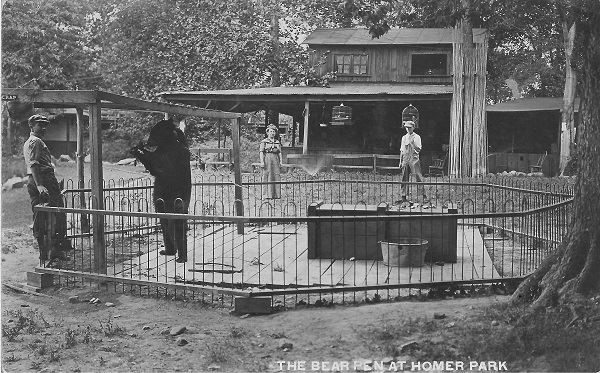
Teddy the Bear being fed at Old Homer Park
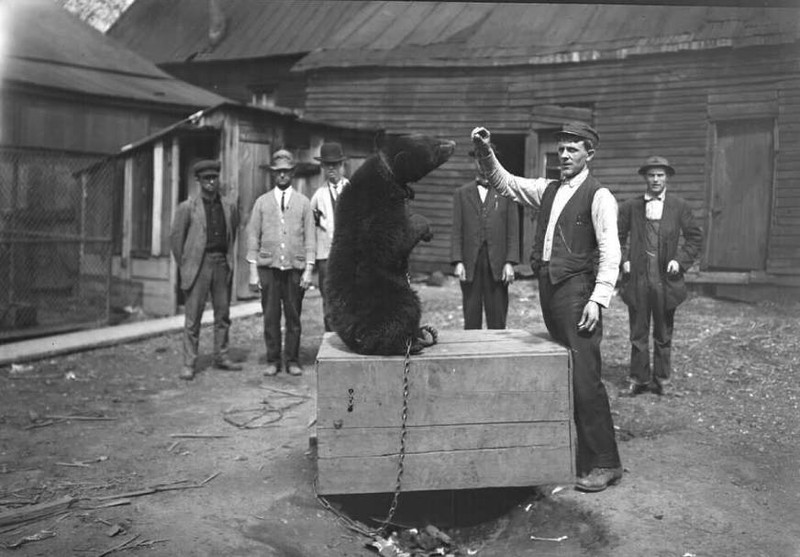
Boy fishes in the Salt Fork River with the Old Homer Park Covered Bridge in the Background

Old Homer Park Boat Launch
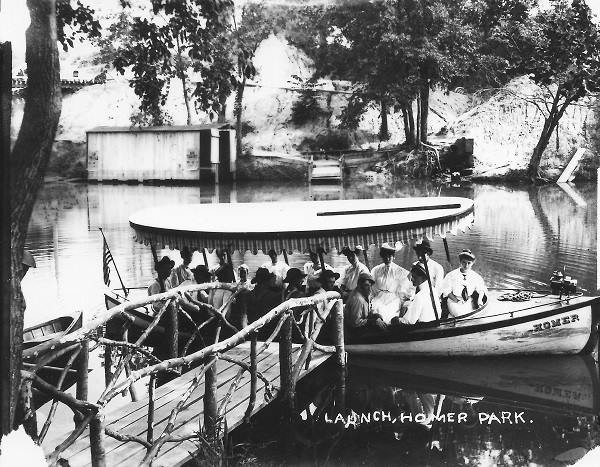
Interurban line crosses the Salt Fork River near Old Homer Park
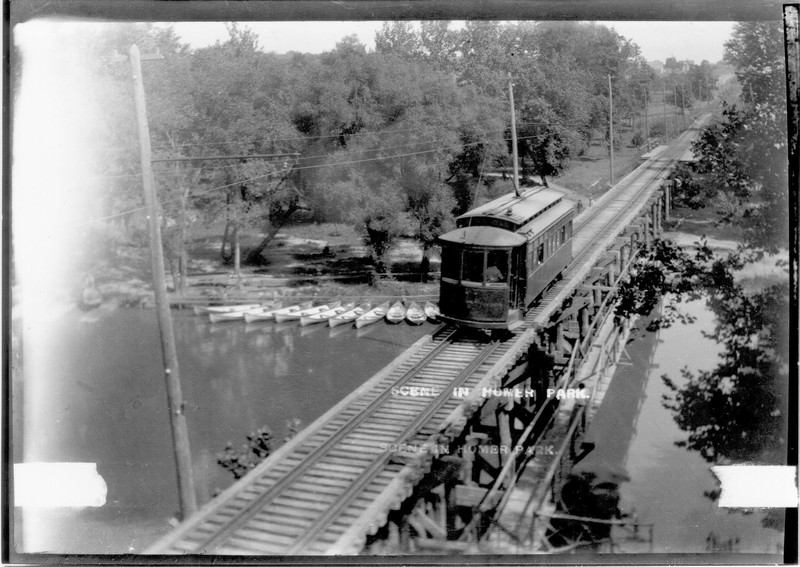
Outdoor Movie Theatre at Old Homer Park
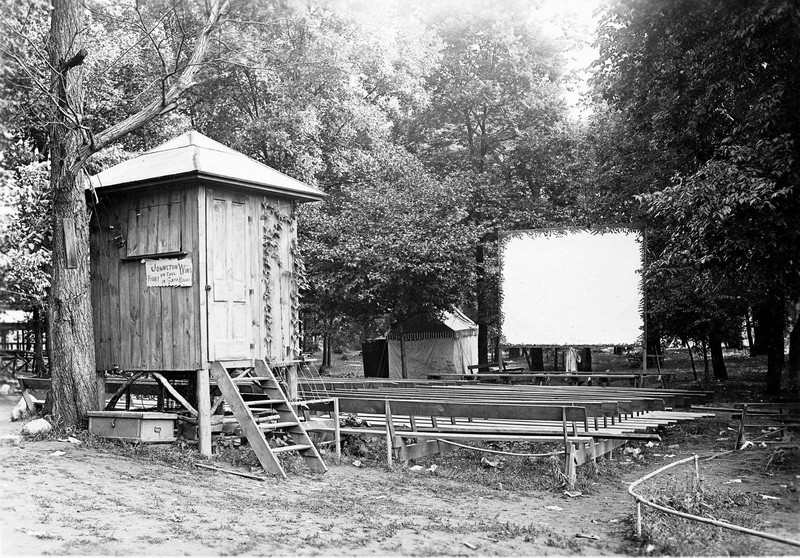
Old Homer Park Waterslide
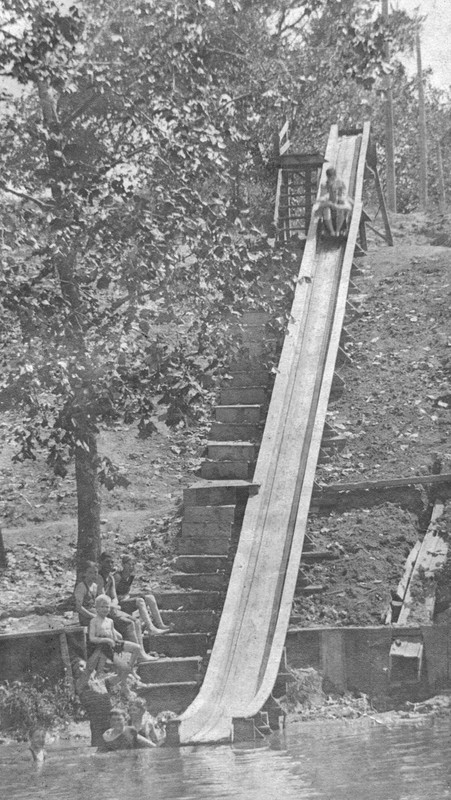
Charles Burkhardt, Longtime Manager of Old Homer Park with his wife Mamie
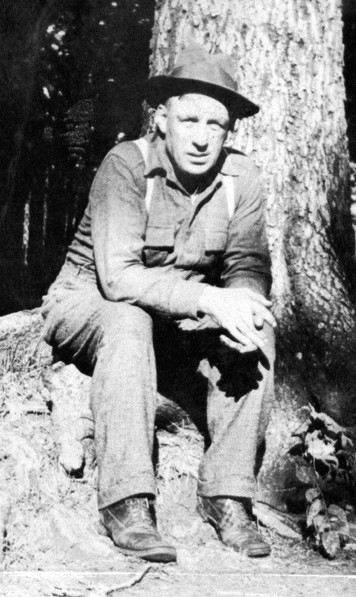
Mamie Burkhardt, Wife of Charles who assisted in managing Old Homer Park
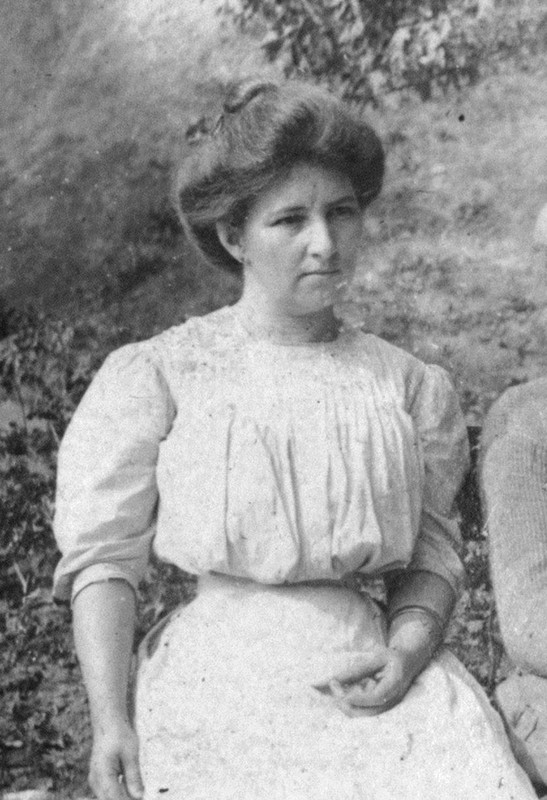
Old Homer Park Fountain and Pavilion (c. 1920)
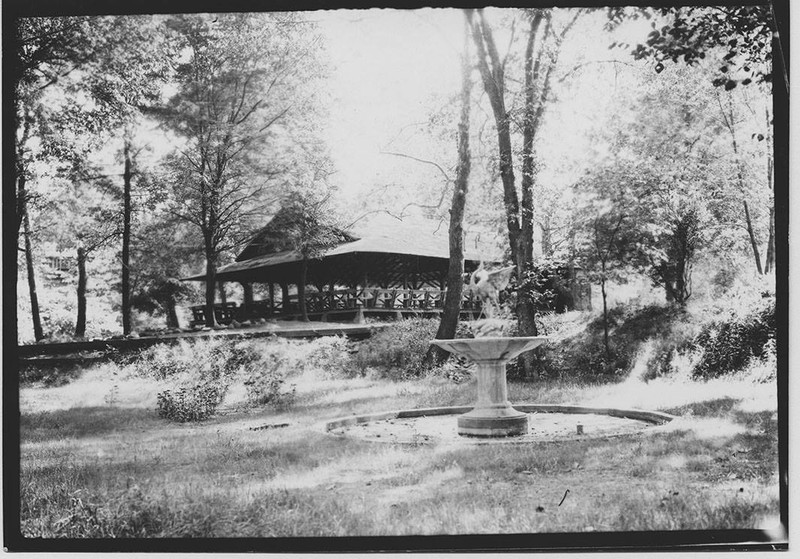
Old Homer Park Fountain (2021)
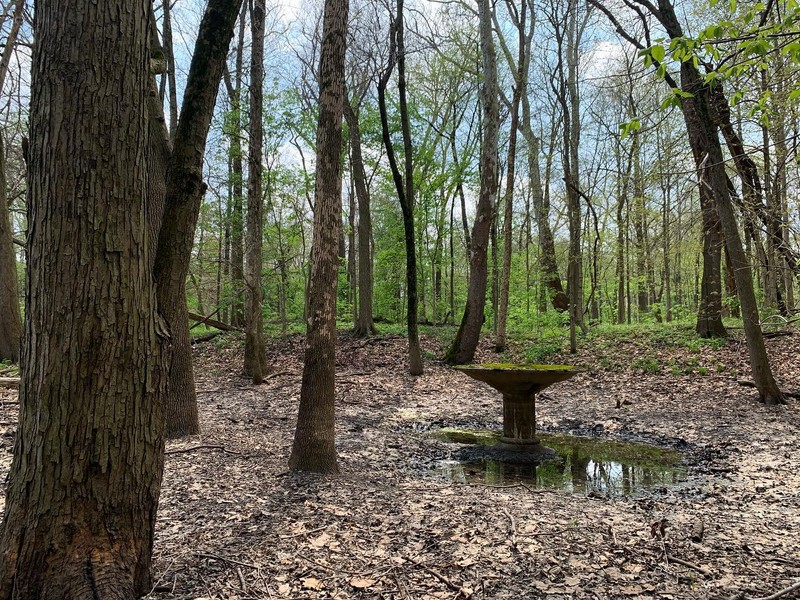
Backstory and Context
Text-to-speech Audio
What once was a bustling fairground of swimming, dancing, movie watching, and other entertainment now is nothing but a quiet forest next to the busy Route 49. Despite little evidence of it having once existed now, Old Homer Park was the height of festivity for the citizens of Homer and its surrounding neighbors in Champaign County in its prime.
The park had its beginnings at the same time as the interurban trolley line that spanned from Danville to Urbana in 1904, utilizing the excess energy of the trolley to power its facilities. Originally known as Riverside Park, the area was mostly used for casual picnics and did not see many visitors. Things changed, however, in 1905 when Charles Burkhardt became in charge of the park and began rebuilding the dam on the lake, making the park an area for swimming and boating. Burkhardt also began transforming the park in other ways, building a space for entertainment and recreation rather than just picnics. With this, the park was also renamed in 1906 to Homer Park.
In the following years, Homer Park would open up for bigger and better events and see more and more visitors annually, opening on Memorial Day and closing in mid-September. The cabins built in 1909 allowed for more visitors to stay for a longer time. The park contained many different options to keep visitors entertained. There was a roller rink, an outdoor theater that showed movies, frequent guest speakers, and even a zoo. The zoo contained animals like monkeys and alligators, but the most popular was a bear brought to the park in 1910. The bear's name was Teddy, and visitors would be able to feed it sweets or even box with it. Teddy caused many troubles for Burkhardt during its stay. Despite the hardships, the bear remained one of the more beloved memories from the park.
The park saw peak attendance in 1919 and continued its popularity into the early 1920s. The park was so popular that they began staying open longer and longer during the year. Despite this, in 1926 Burkhardt stopped with his upkeep of the park. While the park was popular, it was becoming difficult to maintain for a now older Burkhardt. Built on flood plains, the park flooded regularly and faced severe weather events frequently. These weather events would slowly wear on the park, destroying popular buildings and cabins. The park received its final nail in the coffin in 1928 with the end of the interurban trolley; the same year Burkhardt retired.
The park would go on to switch management many times in the years following Burkhardt’s retirement, but nothing would stick. The park was no longer popular and there was no longer a trolley to provide easy access to the park. Anyone who wanted to visit would have to do so with a car, and the parking available there was sparse and muddy. The park fell into further disrepair. In 1936, a flood ruined the majority of the buildings at the park and there was no effort to rebuild. In 1939, another flood got rid of the last of the buildings that survived, marking the end of Homer Park.
Visitors can visit the location where Homer Park used to stand to see the land that once was peak entertainment in the early 1900s. Homer Park was a space for everyone in the area to meet up and have fun. Now, some of the only relics that reminds us of its existence is it's fountain in the woods and a plaque on the side of a country road.
-Additional Contributor to this Entry - Allie Love, Intern, Illinois State University.
Sources
Champaign County Forest Preserve District and Homer Historical Society, Old Homer Park Interpretive Sign, Homer Lake Forest Preserve, Homer, IL, 2021.
Gale, Neil, “Riverside (Amusement) Park, aka Old Homer Park, Homer, Illinois. (1905-1928),” Digital Research Library of Illinois History Journal, January 2, 2020. https://drloihjournal.blogspot.com/2020/01/riverside-amusement-park-homer-illinois.html.
Old Homer Park Photograph Collection, Homer Historical Society, Homer, IL, 1907-1939.
Champaign County Forest Preserves, The Urbana Free Library Digital Collections, Urbana, IL, 2014. Accessed April, 1, 2022. https://www.flickr.com/photos/98945443@N05/albums/72157649166096298.
Champaign County Forest Preserve District, “Old Homer Park in the 1920s to ➡️ today, 2020.” June, 29, 2020. https://www.facebook.com/CCFPD/posts/10158833128159789/.
Homer Historical Society
Homer Historical Society
Homer Historical Society
Homer Historical Society
Homer Historical Society
Homer Historical Society
Homer Historical Society
Homer Historical Society
Homer Historical Society
Champaign County Forest Preserve District Facebook
